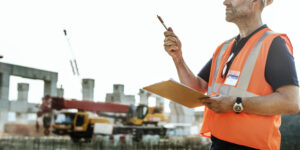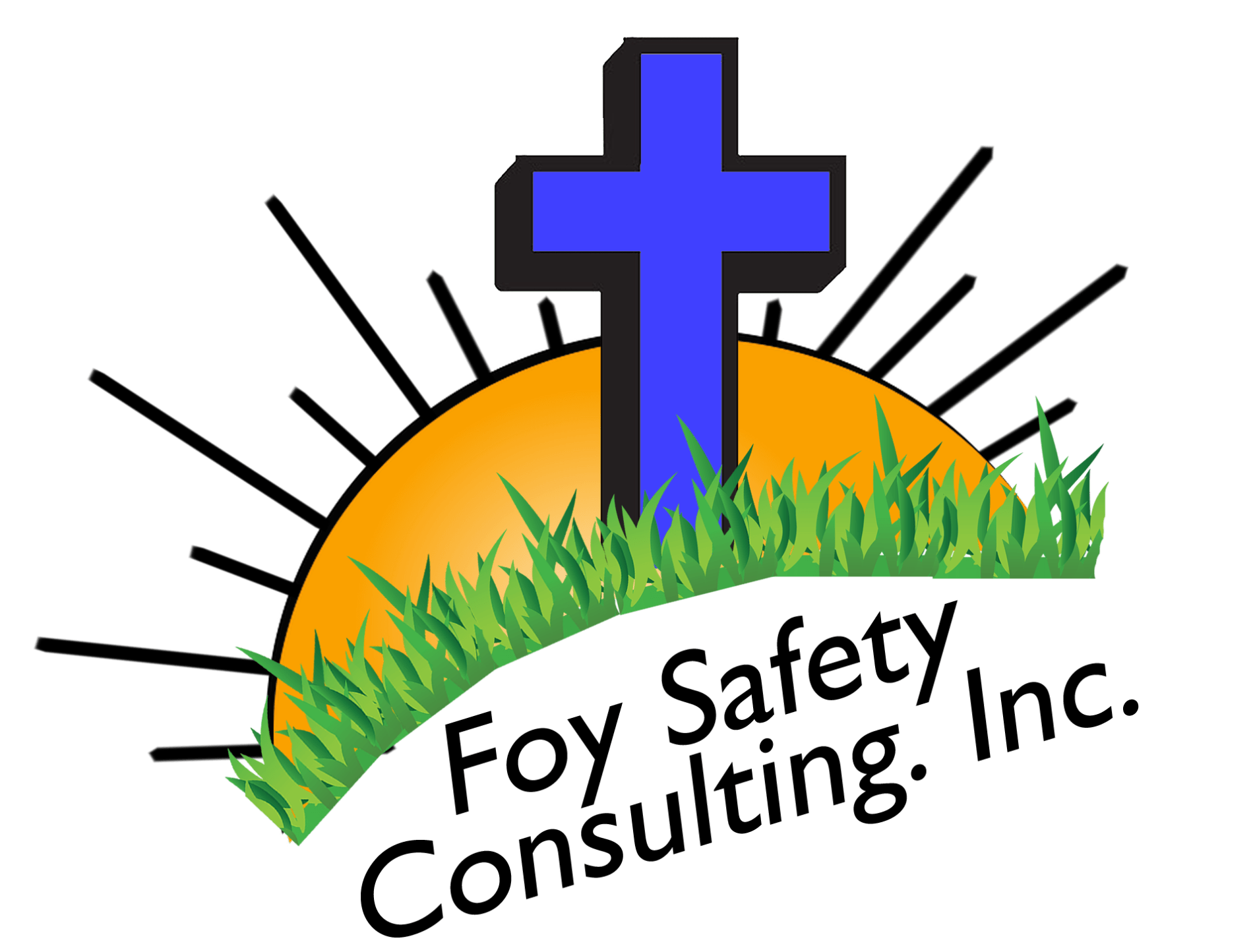
Safety inspections are vital in maintaining a safe and healthy work environment. By identifying potential hazards, organizations can take proactive measures to prevent accidents and injuries. Let’s explore some of the most common hazards identified during safety inspections and offer practical solutions to address them.
Slips, Trips, and Falls
Hazard Overview: Slips, trips, and falls are among the most frequent workplace accidents. They can occur due to wet floors, uneven surfaces, poor lighting, or cluttered walkways.
How to Address:
- Maintain Cleanliness: Keep floors clean and dry. Promptly clean up spills and use “Wet Floor” signs as necessary.
- Fix Flooring Issues: Repair uneven surfaces and ensure that carpets and mats lie flat.
- Improve Lighting: Ensure all areas, especially walkways and staircases, are well-lit.
- Organize Walkways: Keep walkways clear of obstructions and clutter.
Electrical Hazards
Hazard Overview: Electrical hazards can lead to shocks, burns, or even fatal injuries. These hazards include exposed wiring, overloaded circuits, and improper use of electrical equipment.
How to Address:
- Regular Inspections: Conduct routine inspections of electrical systems and equipment.
- Proper Training: Ensure employees are trained in the safe use of electrical equipment.
- Maintenance: Schedule regular maintenance checks by qualified electricians.
- Safety Equipment: Use appropriate personal protective equipment (PPE) and ensure that all electrical devices are properly grounded.
Chemical Hazards
Hazard Overview: Chemical hazards arise from exposure to harmful substances, which can lead to burns, respiratory issues, or poisoning. These hazards are common in industries like manufacturing, laboratories, and cleaning services.
How to Address:
- Proper Storage: Store chemicals in labeled, secure containers and in appropriate conditions.
- Safety Data Sheets (SDS): Maintain and make accessible SDS for all chemicals.
- PPE: Ensure employees use appropriate PPE, such as gloves, goggles, and respirators.
- Training: Provide training on the safe handling, storage, and disposal of chemicals.
Machinery and Equipment Hazards
Hazard Overview: Machinery and equipment hazards can result in serious injuries, including amputations, fractures, and crush injuries. These hazards often stem from improper use, lack of maintenance, or inadequate safeguarding.
How to Address:
- Guarding: Install proper guards on all machinery and equipment.
- Training: Train employees on the safe operation of machinery.
- Maintenance: Conduct regular maintenance and inspections to ensure equipment is in good working condition.
- Emergency Stops: Ensure all machinery has accessible emergency stop controls.
Ergonomic Hazards
Hazard Overview: Ergonomic hazards occur when the design of the job or workplace does not fit the physical capabilities of the worker, leading to musculoskeletal disorders (MSDs) such as back pain or carpal tunnel syndrome.
How to Address:
- Workstation Design: Design workstations to promote good posture and reduce strain. Use adjustable chairs and desks.
- Breaks: Encourage regular breaks to reduce repetitive strain.
- Proper Lifting Techniques: Train employees on proper lifting techniques and use mechanical aids for heavy lifting.
- Ergonomic Assessments: Conduct ergonomic assessments to identify and mitigate potential risks.
Fire Hazards
Hazard Overview: Fire hazards can lead to devastating consequences, including injuries, loss of life, and significant property damage. Common fire hazards include faulty electrical wiring, flammable materials, and inadequate fire protection systems.
How to Address:
- Fire Extinguishers: Ensure fire extinguishers are accessible and employees are trained in their use.
- Fire Drills: Conduct regular fire drills to ensure everyone knows evacuation procedures.
- Proper Storage: Store flammable materials in designated areas away from ignition sources.
- Inspection and Maintenance: Regularly inspect and maintain fire alarms, sprinkler systems, and other fire protection equipment.
Safety inspections are a critical component of a comprehensive safety program. By identifying and addressing common hazards such as slips, trips, falls, electrical hazards, chemical hazards, machinery hazards, ergonomic hazards, and fire hazards, organizations can create a safer work environment for everyone. Proactive measures, regular training, and a commitment to safety can significantly reduce the risk of accidents and injuries, ensuring that employees return home safely at the end of each workday.
Explore further on our blog by visiting https://www.foysafety.com/news/ for more information.


